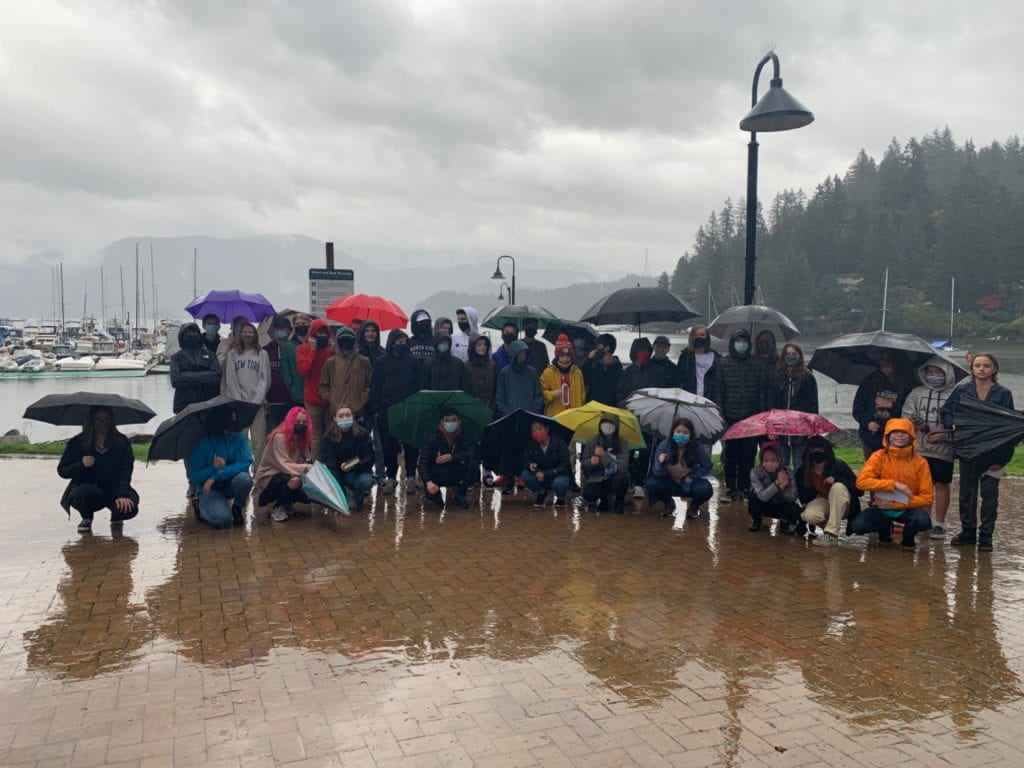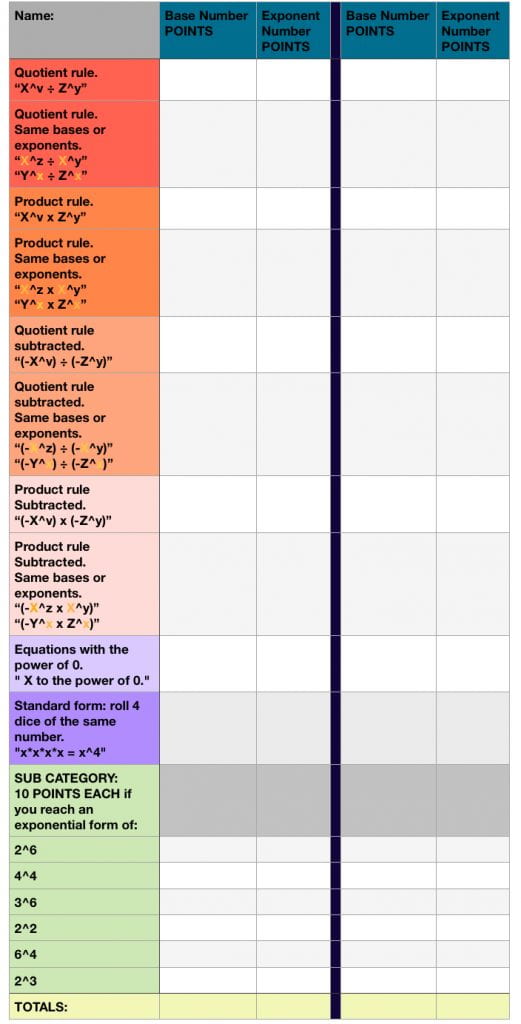Today I want to tell you about a very pivotal period in history of Americas victory in WWII and how it was cut short and plagued with what nuclear weapons could mean for future warfare and possibly wiping out humankind.

This local news paper was published in Richland where the handford nuclear reactors was. The secrecy around Hanford, a part of the Manhattan Project, came to light on Aug. 9, 1945.
A long time local of the town said “This town just went totally nuts, It was euphoria, just the whole atmosphere was party-time, patriotic.” . the local high school made a novelty out of the success for the country adopting a new school crest of a mushroom cloud, dedicating a section of the year book to the atomic bomb and changing the mascot from the beavers to the bombers.

Policy makers at the time said that to end the war with the least amount of blood shed the dropping of the bombs prevented having American soldiers envade japans mainland, but devastation caused could not be justified by this.
On August 6th, the bomb named Little Boy was dropped on Hiroshima. Three days later a second bomb named Fat Man was dropped on Nagasaki. Over the next four months the effects of the atomic bombings killed between 129,000 and 226,000 However, the long-term effects, including radiation sickness, cancer, and other health issues, continued to claim lives over the following months and years, with total casualties eventually reaching over 100,000.

The public became concerned about nuclear weapons testing following extensive nuclear testing in the Pacific.
Small towns around testing site were effected by radio active fallout causing cancer, effecting farm land and killing cattle.

In 1961 at the height of the Cold War about 50,000 women brought together by Women Strike for Peace marched in 60 cities in the United States to demonstrate against nuclear weapons.
Today places and people affected by nuclear fallout are still enduring the scars left on the environment and health consequences spanning generations. Listening to the stories of people affected is crucial for understanding the full effects on a community or family.

In 2022 Putin made a nuclear threats which directly threatened the balance of power maintained by the agreement of mutually assured destruction, this mean adversaries possessing nuclear weapons agree that any attack will result in a devastating retaliation by the other, thereby deterring aggression through the assurance of catastrophic consequences for both parties. This threat heightened tensions and was a reminder of the threat and widespread fear of the destructive power of nuclear weapons.
In the aftermath of America’s victory, the sobering specter of nuclear weapons is a reminder of the needed balance between triumph and existential threat, Pushing humanity to confront the challenge of ensuring a future free from the shadow of destruction.








